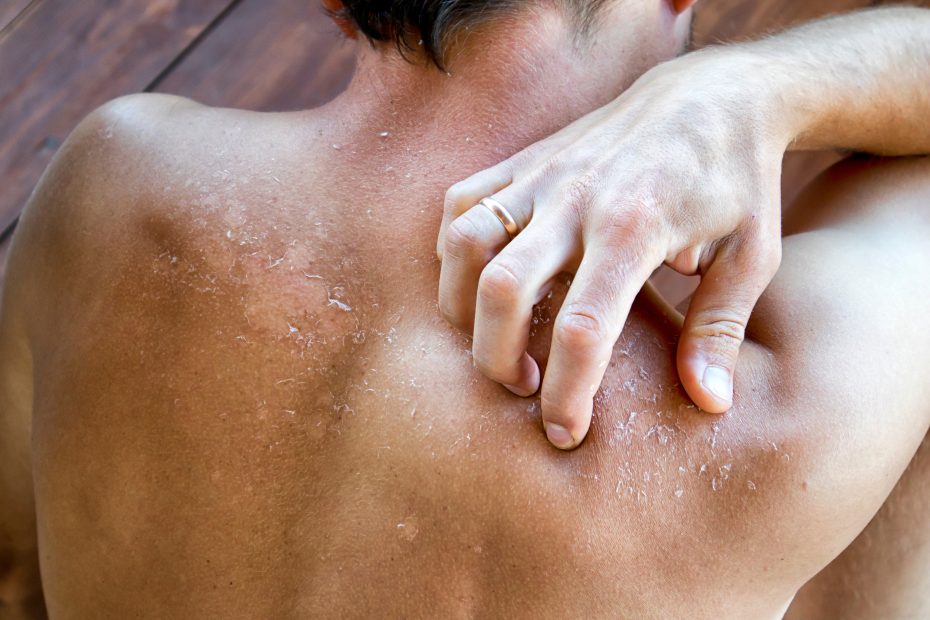Types of Burns
1. Thermal Burns:
- These occur due to exposure to flames, hot objects, steam, or hot liquids.
- Causes include cooking accidents, scalding from hot beverages, or direct contact with fire.
- Severity can range from mild to severe, depending on the temperature and duration of exposure.
2. Chemical Burns:
- These result from contact with corrosive substances such as acids, alkalis, or solvents.
- Common causes include exposure to household cleaning products, industrial chemicals, or even certain plants.
- They can cause significant tissue damage and may continue to worsen if the chemical is not properly flushed from the skin.
3. Electrical Burns:
- These occur when the body comes into contact with an electrical current.
- Causes include faulty wiring, lightning strikes, or direct contact with electrical appliances.
- Even low-voltage currents can cause serious injuries as they can disrupt the body’s normal electrical signals.
4. Radiation Burns:
- These result from exposure to sources of radiation such as the sun, tanning beds, or medical treatments like radiation therapy.
- Overexposure to ultraviolet (UV) radiation from the sun is a common cause of radiation burns in Australia, especially during outdoor activities.
First Aid Treatment for Burns
1. Stop the burning process
- For thermal burns, immediately remove the person from the source of the heat and cool the affected area with cool running water for at least 20 minutes.
- For chemical burns, flush the affected area with water continuously for at least 20 minutes, to remove the chemical and stop its further reaction with the skin.
- For electrical burns, ensure that the power source is turned off before approaching the person. Do not touch the person until you are sure it is safe to do so.
2. Assess the severity
- Determine the extent and depth of the burn injury. Minor burns may only affect the outer layer of skin (epidermis), while severe burns can penetrate deeper layers, causing significant tissue damage.
3. Cover the burn
- For minor burns, cover the affected area with a sterile, non-adhesive dressing to protect it from infection. If you do not have a sterile, non-adhesive dressing, a piece of plastic cling wrap will suffice.
4. Seek medical attention
- For severe burns, or burns affecting a large area of the body, seek immediate medical attention by calling emergency services (dial 000 or 112 from a mobile phone in Australia).
- Signs of a severe burn include blistering, charred or white skin, difficulty breathing, or signs of shock,
5. Pain management
- Over-the-counter pain delivers such as paracetamol or ibuprofen can help alleviate pain associated with minor burns.
- Avoid applying creams or ointments to the burn without medical advice, as these may trap heat and worsen the injury. However, the application of Burn Gel is recommended by applying a thin layer directly onto the burned skin. Ensure that the gel covers the entire affected area evenly. Follow the recommended dosage and frequency specified on the product packaging or by a healthcare professional.
In conclusion, being prepared to effectively manage burn injuries is crucial, especially in a country like Australia where outdoor activities and exposure to the sun are common. By understanding the different types of burns, their causes, and the appropriate first aid treatment, individuals can minimise the risk of complications and promote faster healing. Remember, when in doubt, always seek medical assistance, as severe burns require prompt and specialised care to prevent long-term damage.
Don’t forget to visit our Blog page for more articles on other interesting topics.
If you want to stay up to date on your burns training or learn a bit more, take a look at our first aid courses available here and if you’re looking for first aid equipment for your business or home, we have a great range you can shop online here.
